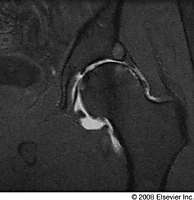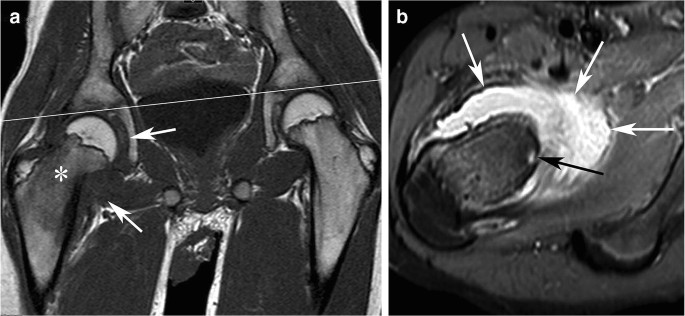

In the experiments in piglets fed a diet that included carbon-13-labeled methionine, the researchers found that MRI could detect an increasing signal from carbon-13-labeled methyl groups in the brain. We also have scientists with expertise in nutrition science, animal science, chemistry and genomics.” “We have on the team engineers, imaging and radiology experts, and people with very strong backgrounds in clinical applications. “This project is highly multidisciplinary,” Lam said. For this, they relied on the expertise of co-author Ryan Dilger, a professor of animal sciences at Illinois who studies the factors that influence neurodevelopment in pigs. The team first tried the method in rodents, then switched to working in piglets, whose larger brains are more like human brains. electrical and computer engineering professor Zhi-Pei Liang relied on their expertise in MRI and MR spectroscopy to significantly enhance the eMRI signal. But the carbon-13 signal from living animals is weak, so Lam and U. Previous studies had already shown that MRI can image carbon-13, and orally administered carbon-13 has been in use in human subjects for decades. “But the potential was so exciting that we had to try.” “When we started this project, we thought it might fail,” said Lam, who worked with Illinois chemistry professor Scott Silverman to develop a method to distinguish between methylated DNA and other methylated molecules in the brain. Methionine must be obtained through the diet, so the team decided to test the idea that feeding the carbon-13-labeled methionine to study subjects would allow it to pass into the brain and label those regions undergoing methylation. About 99% of the carbon in living tissues is carbon-12, he said. Carbon-13 occurs naturally in the body, but its sister isotope, carbon-12, is much more abundant, Li said. This process would mark the DNA with a rare isotope of carbon. The Illinois team wanted to use the power of MRI to directly image epigenetic changes in live subjects.įor the new approach, the team relied on a key insight: Li realized that an essential amino acid, methionine, could carry an atomic marker known as carbon-13 into the brain, where it could donate the carbon-13-labeled methyl group needed for DNA methylation. A previous research effort in the human brain imaged an enzyme involved in regulating one epigenetic change but did not target the epigenetic change directly. Earlier epigenetic studies of honey bees and other organisms required the removal of brain tissue or that the animal be dissected for analysis. Scientists have been unable to precisely capture the molecular changes that take place in the living brain over time.

“These changes can take minutes to occur, but can last for hours, days or even longer.” “We’re focusing on this second control system, the molecular control system, which relies on gene expression,” Robinson said. But the bee’s brain continues to respond even after the threat has lapsed, preparing itself for a potential future threat with changes in gene expression. It relies on neurons to rapidly fire and allow it to act defensively. For example, when a honey bee experiences a threat, it must take action immediately. Neurons and other brain cells respond to environmental cues within seconds or milliseconds, while changes in gene expression take longer. There are two control systems in the brain, operating at different time scales, Robinson said. His studies have shown that many genes in the brain are upregulated or downregulated in bees as they mature, change roles in the hive, encounter new food sources or respond to threats. Previous research showed that DNA methylation is one of several epigenetic changes that occur in the brain when an animal responds to its environment, said Robinson, a professor of entomology at Illinois who studies the interplay of genomics, experience and behavior in honey bees.

DNA methylation is a very important part of the control of gene functions.” “But tiny molecules, like methyl groups, are attached to the DNA backbone to regulate which genes are actively being transcribed into RNAs and translated into proteins. “Our DNA is the same from cell to cell and it doesn’t change,” Li said. Woese Institute for Genomic Biology at Illinois. bioengineering professor Fan Lam and Gene Robinson, the director of the Carl R. King Li, a professor in the Carle Illinois College of Medicine at the U. DNA methylation is one mechanism that cells use to regulate which genes are actively expressed, said Dr.


 0 kommentar(er)
0 kommentar(er)
